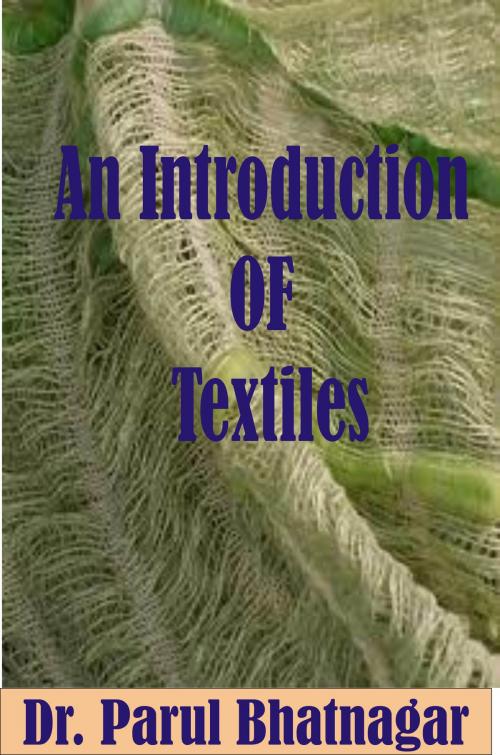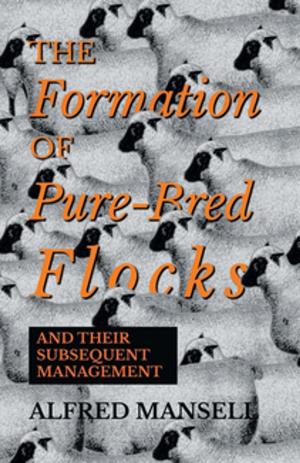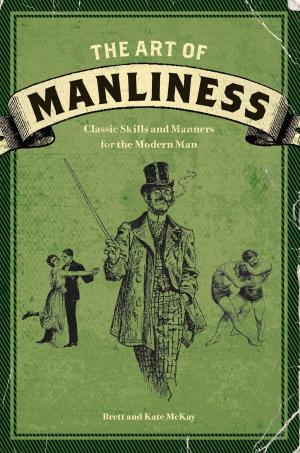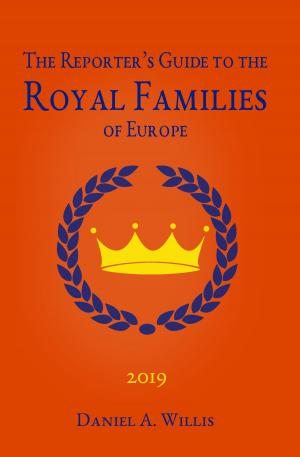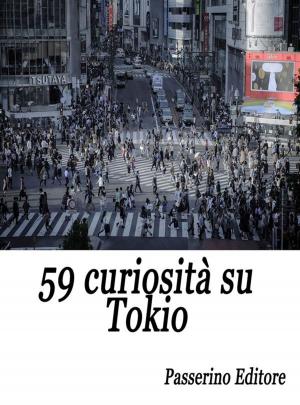Introduction to Textiles
Nonfiction, Reference & Language, Dictionaries, Reference, Guides & Handbooks| Author: | Parul Bhatnagar | ISBN: | 9781301238903 |
| Publisher: | Parul Bhatnagar | Publication: | October 19, 2012 |
| Imprint: | Smashwords Edition | Language: | English |
| Author: | Parul Bhatnagar |
| ISBN: | 9781301238903 |
| Publisher: | Parul Bhatnagar |
| Publication: | October 19, 2012 |
| Imprint: | Smashwords Edition |
| Language: | English |
Consumer buying of Textile entails continual decision-making. Scarcely a day goes by that some sort of decision on selection, use, and care of clothing or household Textiles is not made.
All of us are both present and potential consumers. We have needs and wants, and we are motivated by emotions and reasons.
Merchandise knowledge can be acquired from experience in buying, using, and caring for Textile articles. It can be learned from reading informative advertising and labels on merchandise, from well-informed salespeople, from knowledgeable friends and associates, and from formal classroom study.
Thirty-three years of experience in teaching Textiles have proved that, of all methods, formal classroom instruction can most quickly and accurately organize and present product information. They have also revealed that an emphasis on selling points of textiles will aid the retail salesman in helping the consumer make a wise selection.
But a mere presentation of facts is insufficient. The student or salesman must assimilate the facts and apply them through careful study and experimentation.
An Introduction of Textile covers the intrinsic classification of the textiles, along with the physical analysis of fabric composition of different Textiles. This information is based on a systematic grouping of Textiles into different type, source or composition.
It is followed with its summary, practical experiments for the students to practice, test your-self so as to let the students see the grasp they have had on the chapter.
The plan for use of this book is flexible. It can provide for a year’s course in Textiles. The text can also be used for various separate courses in "Fashion textiles in Apparel", "Home furnishings", "Fashion designing", "Textile designing", "Interior designing", "Garment technology" etc. Since one course should not be a prerequisite for the other, students in all the courses must familiarize themselves with the terminology from the beginning.
I am indebted to my students for information that they have brought to the class; to manufacturers who have arranged market trips; and to many buyers and salesmen in retail stores for their help in discussing new merchandise, styles, and assortments.
Cheers and enjoy An introduction of Textiles.
Consumer buying of Textile entails continual decision-making. Scarcely a day goes by that some sort of decision on selection, use, and care of clothing or household Textiles is not made.
All of us are both present and potential consumers. We have needs and wants, and we are motivated by emotions and reasons.
Merchandise knowledge can be acquired from experience in buying, using, and caring for Textile articles. It can be learned from reading informative advertising and labels on merchandise, from well-informed salespeople, from knowledgeable friends and associates, and from formal classroom study.
Thirty-three years of experience in teaching Textiles have proved that, of all methods, formal classroom instruction can most quickly and accurately organize and present product information. They have also revealed that an emphasis on selling points of textiles will aid the retail salesman in helping the consumer make a wise selection.
But a mere presentation of facts is insufficient. The student or salesman must assimilate the facts and apply them through careful study and experimentation.
An Introduction of Textile covers the intrinsic classification of the textiles, along with the physical analysis of fabric composition of different Textiles. This information is based on a systematic grouping of Textiles into different type, source or composition.
It is followed with its summary, practical experiments for the students to practice, test your-self so as to let the students see the grasp they have had on the chapter.
The plan for use of this book is flexible. It can provide for a year’s course in Textiles. The text can also be used for various separate courses in "Fashion textiles in Apparel", "Home furnishings", "Fashion designing", "Textile designing", "Interior designing", "Garment technology" etc. Since one course should not be a prerequisite for the other, students in all the courses must familiarize themselves with the terminology from the beginning.
I am indebted to my students for information that they have brought to the class; to manufacturers who have arranged market trips; and to many buyers and salesmen in retail stores for their help in discussing new merchandise, styles, and assortments.
Cheers and enjoy An introduction of Textiles.
